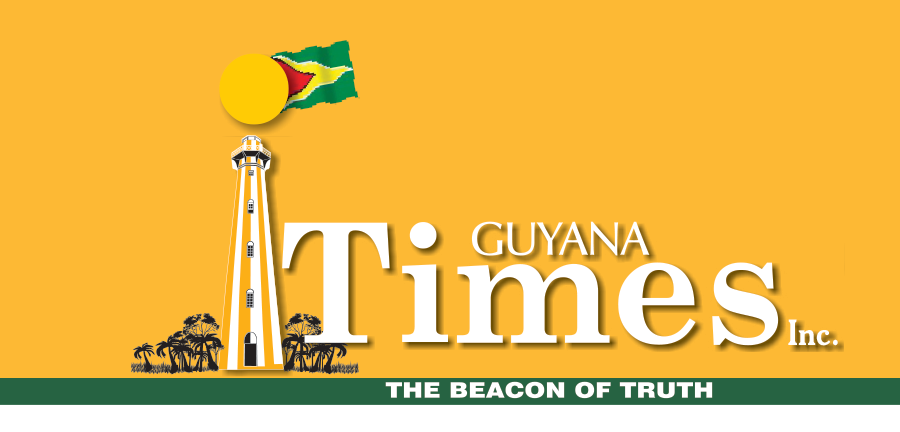On Tuesday evening, commuters driving in a southerly direction along the East Bank Public Road met with a taxi driver being shot dead by one of two men who were on a motorcycle. At the time of the incident, his five-year-old daughter and his wife were in the vehicle. In the end, a life was lost, the car crashed into the median, the wife may have sustained minor injuries, and thankfully, the child was unhurt. It was once again another brazen killing in the wide view of the public without regard for life or fear of onlookers.
The horrific incident led to a long build-up of traffic. While to some extent, that would be natural to allow for help to be rendered and for the Police to conduct investigations, the reality is that the East Bank thoroughfare does not allow for a relatively smooth flow of traffic in such situations or emergencies. This latest incident has reemphasised that fact.
There is no dispute over the large and continually growing number of vehicles that traverse the East Bank at any given time and the eventuality of traffic congestion. The role of the Police in trying to ensure the traffic flows during the peak hours has also been recognised and commended. While the efforts have in some ways helped, especially between Diamond and Houston, they face challenges given the absence of turning lanes, vehicles stopping randomly and a seeming lack of coordination in allowing traffic to merge from feeder roads.
Whenever a vehicle has to turn off from the East Bank or stops, even momentarily, it results in a long build-up of traffic. Turning lanes would mitigate the former and assigned stopping areas off from the main carriageway, the latter. While there are some designated bus stops, they are often ignored. Heading to the city during the morning peak hours, the three-lane arrangement from Peters’ Hall to Houston is effective. However, it can improve with better coordination with the ranks at the Harbour Bridge area, the Bagotstown/Eccles separation road and the Eccles traffic light.
Case in point: very often the ranks at the Harbour Bridge would allow the traffic to flow northerly, but those at Bagotstown/Eccles would have it stop to allow vehicles coming from the east to merge, the same for the Eccles traffic light. There has to be a mechanism to allow a smooth flow from the Bridge to that traffic light for a period which alternates with merging. Currently, traffic coming from across the Bridge is allowed to merge at the same time that from further up the East Bank is given the signal to head north.
What happens is that many vehicles from across the bridge do not turn left into the most westerly lane but jostle with those heading north for the middle and the third lanes. That slows the flow in those lanes especially the third which is designed to hasten. A similar situation occurs as the Bagotstown/Eccles intersection where sometimes three lanes are stopped to facilitate. If the current situation is going to remain in principle, then what should be considered is the traffic from the Bridge, merging with the one flowing northwards, should turn in the most westerly lane so as to not obstruct the other two. Likewise at Bagotstown/Eccles, the closest lane should be used. Importantly, there is no reason for minibuses from the assigned routes for those areas to be in the morning third lane, which is the westernmost one of the eastern carriageway.
The buses are in and out of the three lanes just to find the fastest way to the city. In doing so, they cut across the traffic adding to the congestion. Their function is to drop off and pick up passengers along the way. Passengers are not in that third lane. In the afternoons, the nightmare is reversed. Key is the designation of lanes and for drivers to stay in them for the various purposes during the peak hours. It must be stringently monitored and defaulters fined.
State CCTV cameras can be utilised to assist the Police in the process. Of course, one of the long-term solutions is roads with turning and merging lanes and assigned stopping areas that are adhered to. Another is the bypass road to ease the brunt of the traffic. The situation worsens every day and with incidents such as the shooting in question which compound it, commuters, including children, the elderly and the sick, are overly inconvenienced. Years ago, a major fire at Grove on the East Bank caused the traffic to halt for hours on both sides. Among those affected were passengers booked for international flights at the airport. While emergencies and congestion will occur and inconvenience as a consequence, it does not have to be as extensive as it currently is. In addition, when the Police converge to resolve a particular situation, inconsiderate drivers use every available passageway, including the parapets, to get ahead, further increasing the congestion. In cases like that, more patrols are needed to ensure motorists adhere to assigned lanes. That did not happen on Tuesday night and woes were exacerbated.
Discover more from Guyana Times
Subscribe to get the latest posts sent to your email.









